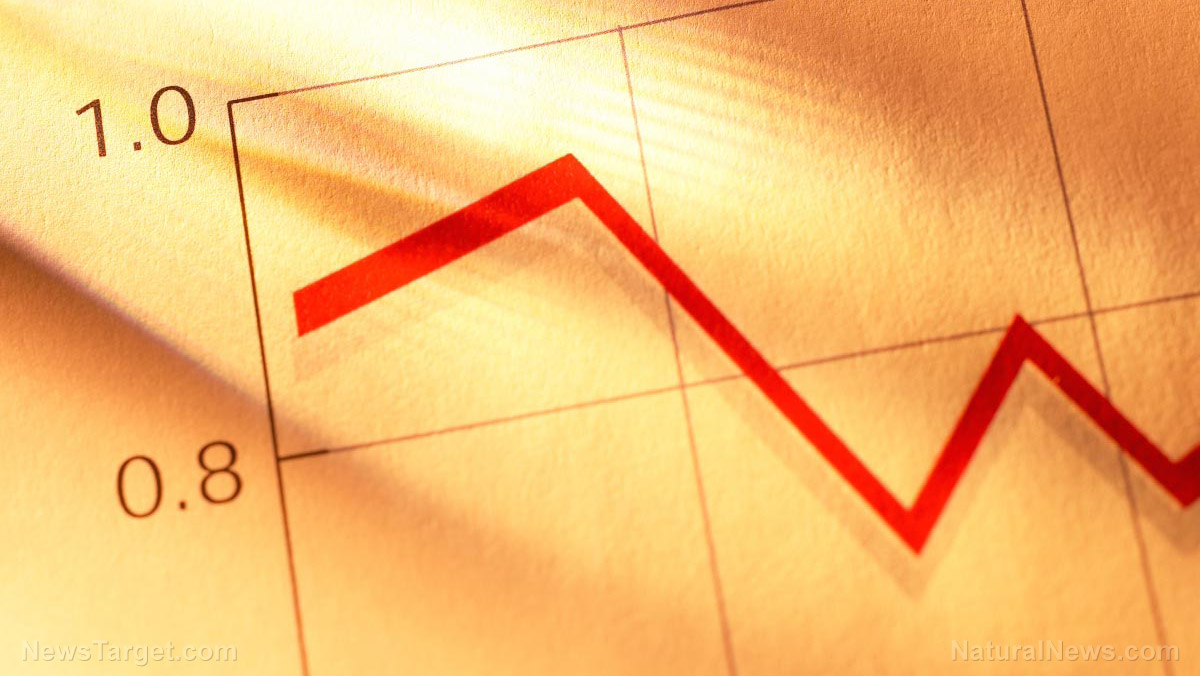Corn prices are up by over 50% in 2021 alone
05/25/2021 / By Divina Ramirez

Corn prices have been steadily increasing over the past year, rising more than 50 percent in 2021 alone. Corn is now worth $7.50 a bushel, its highest price tag since 2012.
Corn, the biggest cash crop of the United States, has rarely been this expensive. Like most commodities, corn is feeling the recovery from the coronavirus pandemic, including big post-pandemic restocking by China, the world’s second-largest consumer of corn.
Corn prices are also on the rise because of a rebound in gasoline demand. Corn is used to produce ethanol, which is mixed into 98 percent of U.S. gasoline to curb air pollution. Corn prices are also increasing due to drought, both actual and feared.
Surging corn prices are leading to price hikes of other commodities
While surging corn prices are good news for farmers, it’s bad news for the rest of the world. In the U.S. alone, it has led to sticker shock among grocery shoppers. Corn is used to produce many grocery staples that the average American buys, including corn flour, cornstarch and high-fructose corn syrup in sodas.
Some analysts worry that surging corn prices could exacerbate existing issues with other commodities. Chicken and beef prices, for instance, are poised to surge as well, potentially creating challenges for chain operators rebuilding their supplies coming out of the coronavirus pandemic. Wheat and soybean prices are going up, too.
But the record-high corn price didn’t happen overnight. One huge reason why corn prices blew up the way they did is the African swine fever pandemic, which severely crippled pork production in China. China is now attempting to restore its pig population, and it needs to buy corn for feed to do so.
This primarily explains China’s unusually large orders for corn recently. China, in particular, has turned to U.S. corn, driving corn prices in the country. According to Daniel Sumner, professor of agriculture at the University of California, Davis, American farmers have been growing more corn to meet the growing demand.
As a result, farmers now have less room for other crops. Corn takes away land from wheat, reducing the supply of wheat and raising its prices as a consequence. In turn, animals that eat wheat are now costing more per head, resulting in higher prices of pork, beef and chicken.
These price hikes are being felt by restaurants and grocery stores. Chris Duong, who manages a supermarket in Los Angeles, said his chicken suppliers are now charging 10 to 15 percent more for chicken. He said beef and pork have been getting more expensive as well recently. “Meat prices usually don’t fluctuate that much.”
Duong said most independent grocery stores like his operate on slim margins. Therefore, he has little choice but to pass the higher prices on to his customers.
Meanwhile, other commodities like iron and copper, which are used to manufacture steel and other types of metal equipment, have been hitting record-high prices as well. The price of timber also hit a new high as sawmills in the U.S. struggle to meet demand a year after laying off workers and halting production.
Preparing for a potential food shortage or crisis
Inflation is making headlines, and this could cause a lot of fear, said Michael Snyder, founder of The Economic Collapse blog. That fear could cause hordes of people to rush out to their local grocery stores and fill their pantries, further driving demand. High demand and tight supply could make inflation even worse.
It’s important to be prepared in these troubling times. Here are a few tips on how to prepare for a possible food crisis:
- Build a stockpile – Canned meats, beans, sauces and the like last for a long period of time. When prepping for a food crisis, stock up on enough canned foods to last you and your family for a few months.
- Start a vegetable garden – A garden gives you a stable supply of fresh fruits and vegetables so you get to eat healthy foods even during a crisis. You can also grow some fruit trees if you have enough space.
- Stock up the freezer with meat – If you eat meat, it can be difficult to go cold turkey if you suddenly can’t buy as much meat as you used to. Try stocking up your freezer with meat
- Preserve foods – Canning is a great way to extend the shelf-life of foods, especially if you often harvest from your vegetable garden. (Related: Food storage tips: How to store canned foods safely.)
Learn more about the increasing prices of commodities like corn at MarketCrash.news.
Sources include:
Tagged Under: agriculture, commodities, corn price, economics, economy, finance, food inflation, food supply, Inflation, price hike
RECENT NEWS & ARTICLES
COPYRIGHT © 2017 MARKET CRASH NEWS

















